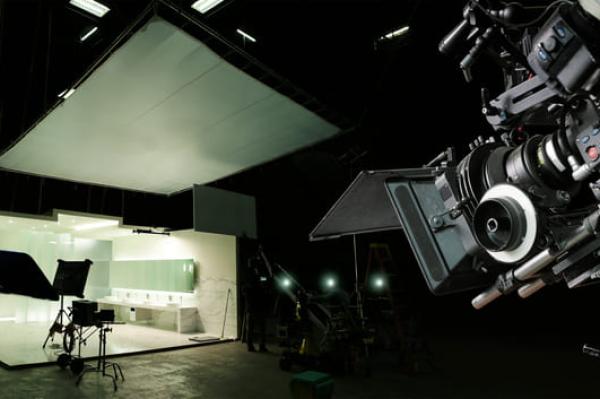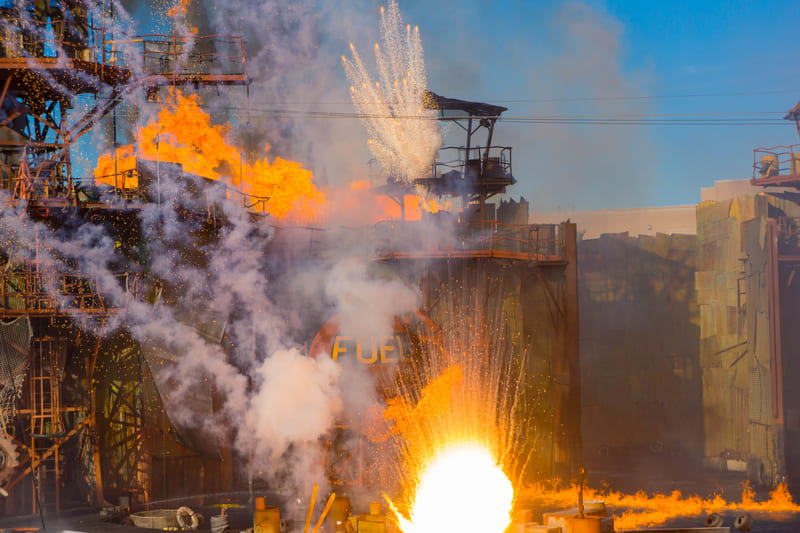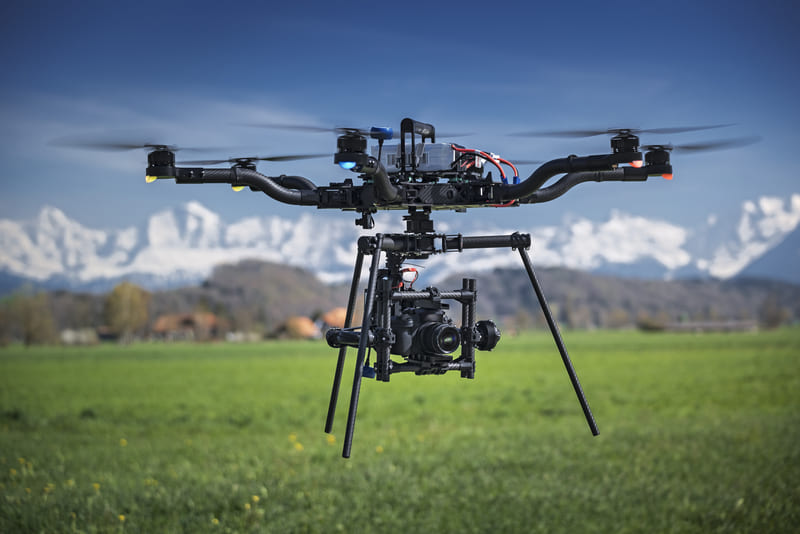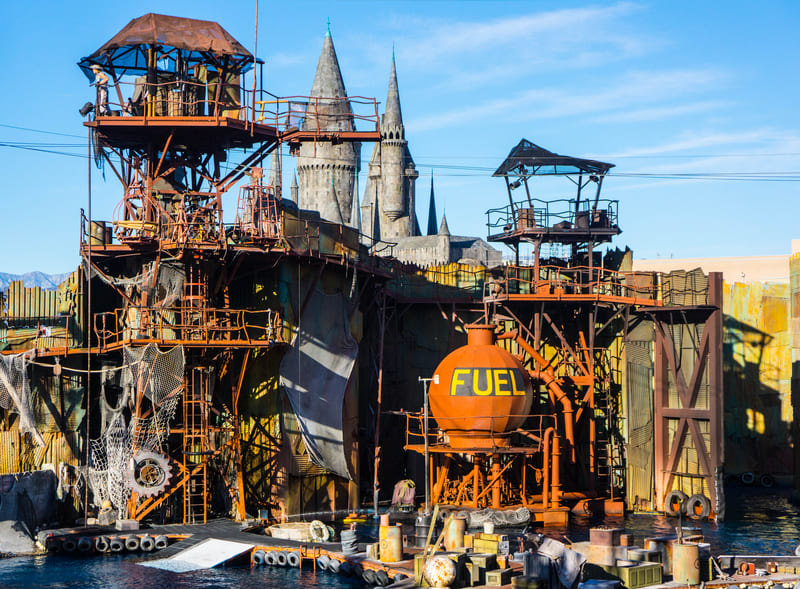Blog Post
Working At Heights Training: Benefits For Film & TV Production

A working at heights training course is absolutely essential for the film and television production industry, where crew members are frequently required to work at elevated locations. Whether that be for setting up lighting rigs, operating cameras, or executing daring stunts. To mitigate the many risks associated with these manoeuvres, proper training is required to ensure both safety and efficiency onset.
This article is brought to you by EMCARE and will detail the six major benefits of our heights course to the film industry. These include safety compliance and risk reduction, enhanced efficiency, better utilisation of equipment, protecting gear, expanding creative possibilities and emergency preparedness. This article demonstrates the many ways in which our course can safeguard and streamline your production.
Safety Compliance & Risk Reduction
Working at heights training ensures that film and media production companies follow occupational health and safety regulations, which prioritise fall prevention. Film sets are littered with temporary structures, such as scaffolding, aerial platforms, and rigging-- which all pose significant fall and injury risks if not properly managed. Without the right kind of training, crew members-- especially camera operators, lighting technicians and stunt coordinators-- face serious risk of severe injury or even fatalities.
This can be averted by equipping personnel with the knowledge and skills to not only assess risks but integrate full protection systems and follow safety protocols. Preparation can prevent accidents, minimise liability and avoid expensive shutdowns that can be linked to noncompliance with workplace regulations. Therefore, this training can protect individuals from harm and help to create a more streamlined safety procedure on the set.
Enhanced Crew Efficiency
Crew members who have undergone working at heights training can perform their jobs with confidence, which minimises the likelihood of hesitation leading to mistakes that can slow down production. Sets are high pressure, fast-paced environments where time is of the essence, and delays caused by safety issues can be costly.
Training ensures that lighting technicians, camera operators, grips and stunt coordinators can do that work efficiently while maintaining strict safety standards. Not only does this speed up setup and execution of complex shoots, but it also reduces the need for excessive supervision or constant last-minute adjustments.
A well-trained crew minimises disruptions, allowing for a smooth and streamlined production and an overall more professional and polished final project.

Better Use of Equipment
A working at heights training course will ensure that crew members understand how to properly utilise safety equipment, including harnesses, lanyards, scaffolding, aerial lifts, and fall arrest systems. On film sets, you'll generally find that lighting rigs come on cameras, and special effects equipment are positioned at elevated locations-- which means that improper handling could lead to dangerous situations, costly damages, or in the worst-case scenario damage to a crew member.
Appropriate training empowers crew members to identify secure anchor points, how to correctly wear and adjust harnesses, and operate lifts and scaffolding unfortunately. Moreover, it educates them on weight limits, stability considerations and emergency procedures, effectively reducing accident risk caused by equipment misuse. By mastering these proper techniques, a crew can work more safely and efficiently, allowing production to pull off more complex shots without having to compromise on either safety or creativity.
Protection of Expensive Gear
The film industry relies heavily on expensive equipment like cameras, lighting rigs, and audio gear. As mentioned previously, these pieces of equipment are generally positioned at specific high points, in order to achieve the perfect shots. Crew members without working at heights training are at risk of mishandling or improperly securing this expensive equipment, potentially leading to danger to those below.
The course includes the best practices for securing gear with safety straps, clamps, and tethers, which all but guarantees that equipment remains stable even in the face of challenges like strong winds or mobile platforms. Furthermore, trained personnel tend to be more aware of their surroundings and potential hazards, which reduces the chance of accidental collisions or incorrect setups that could compromise expensive equipment.
By minimising all of these risks, productions can avoid incurring the cost of repairs or replacements, keeping budgets intact and film schedules on track.

Expanding Creative Possibilities
Working at heights training empowers film makers to drive creative boundaries by executing otherwise risky complex and dynamic shots without compromising safety. You'll notice that many of the most visually stunning scenes in film and television are shot from an aerial perspective or involve high-angle shots, or elaborate stunts sequences.
These all require crew to work on cranes, scaffolding or suspended rigs, which would all be impossible to do safely without the correct training. Not only can trained professionals confidently navigate these elevated setups, but they can also operate drones, jib arms and wire-rigged cameras, successfully expanding the range of visual storytelling techniques available to production.
Emergency Preparedness
A working at heights training course equips film crews with both the knowledge and skills needed to respond effectively to a full or other height related emergency. On time sensitive shoots where scaffolding, aerial lifts, and suspended rigs are involved, even the smallest accident can lead to serious injuries and costly delays.
Avoid these crises with a training course that grants crew members the understanding of emergency protocols, including how to conduct rescues using fall arrest systems, administer first aid, and communicate with the appropriate emergency responders. Emergency preparedness minimises injury risks,reduces downtime and ensures that both cast and crew feel safe and secure when working at heights.

Films, Television And Working At Heights Training
A proper working at heights training course can be an invaluable asset to those working in film and television production, ensuring both safety and efficiency onset. There are a host of essential benefits that this course brings, including everything from preventing accidents, minimising legal risk, creating a secure work environment to opening up new creative possibilities and more.
By investing in professional heights training, one promotes safer, efficient and more innovative productions, benefiting both the crew and the quality of the final product. So, visit our website today to learn how to protect your crew and set.
GET IN TOUCH
There are a few ways to reach us below. Please feel free to contact us via phone, email or you can send us a message via the form provided and we will get back to you.




















